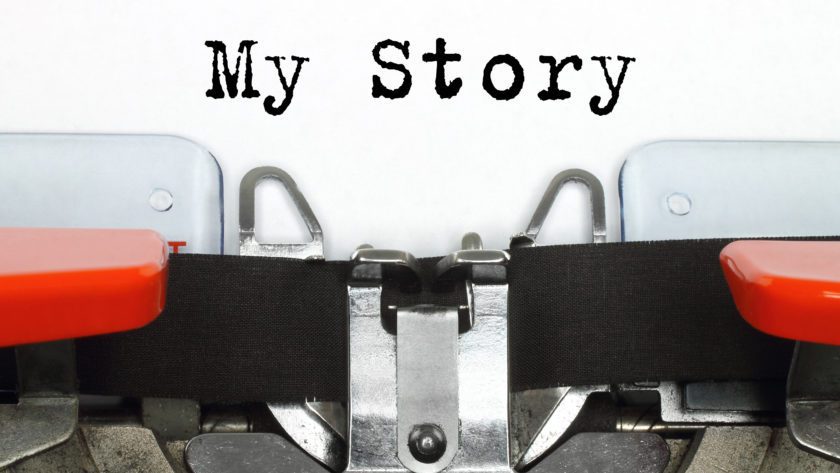My older brother and only sibling, Ron, had a heart attack at the age of 35.
Fortunately, I was with him at the time because he thought he had a bad case of indigestion. He was transported immediately to the Emergency Dept at Sutter Hospital in Oakland, CA and a quadruple bypass followed.
At the first sign of a heart attack (symptoms may be subtle), it’s critical to administer heart attack “first aid” and be at the hospital within 30 minutes. Time is life. The more time that passes, the more heart tissue dies — and the loss is permanent.
In order to increase the chance of survival, the first medical contact-to-device time is less than 90 minutes.
“First medical contact-to-device time” is a phrase that denotes the time between the first medical contact (e.g., the paramedics) in any prehospital location until the time that a coronary intervention is performed on the occluded, culprit coronary artery.
One of Ron’s occluded arteries was the LAD (left anterior descending), also chillingly known as “The Widow Maker”. It became labeled as such because most people don’t survive a heart attack caused by a blocked LAD.
My brother survived the heart attack and the surgery, but to increase his longevity, he was told he had to manage his atherosclerosis, type 2 diabetes, hypertension, and abdominal obesity — all classic “lifestyle” conditions.
In other words, his heart attack was a product of how he lived his life. His cardiologist prescribed the most important medicine for survival (and often the hardest medicine to swallow) — lifestyle change.
Type 2 diabetes is a lifestyle disease and significant risk factor for cardiovascular disease.
Most people with diabetes don’t die from diabetes, but from diseases associated with it. One in three Americans has diabetes or pre-diabetes.
Ninety percent of the people with pre-diabetes don’t even know they have it.
If you have diabetes, you’re two to four times more likely to die from cardiovascular disease.
Over 68% of Americans age 65 years old and older with diabetes die from some form of cardiovascular disease, and 16% die from strokes. Having both diabetes and obesity are sentinel signals of eroding health.
My brother was in the food and wine business, and I worked in a cardiac rehabilitation unit at a Bay Area hospital.
I tried to assist in his recovery, but I learned that the powerful desire to change, and the deep-seated belief that it’s possible to change, has to come from within.
The old saying, “You can lead a horse to water, but you can’t make him drink,” fits perfectly in this scenario.
The human body is amazingly resilient after a major cardiac event, but it requires nurturing in order to rebound. Without it, congestive heart failure is inevitable.
The human heart is not meant to function when the body is in a chronic inflammatory state, and the delicate lining of arterial walls is damaged.
With that said, one morning, Ron’s heart stopped beating at the age of 49.
My brother missed out on so much — in particular, seeing his nephews grow up to be such fine young men, attending his nephew’s festive Greek wedding, embrace his new niece and now his adorable grandniece and grandnephew, celebrating our dad’s 96th birthday, and just spending more time with me.
Eighty percent of premature heart disease and strokes are preventable. Join us in helping you improve your mobility and reduce your risk factors.
xo,
Karen

